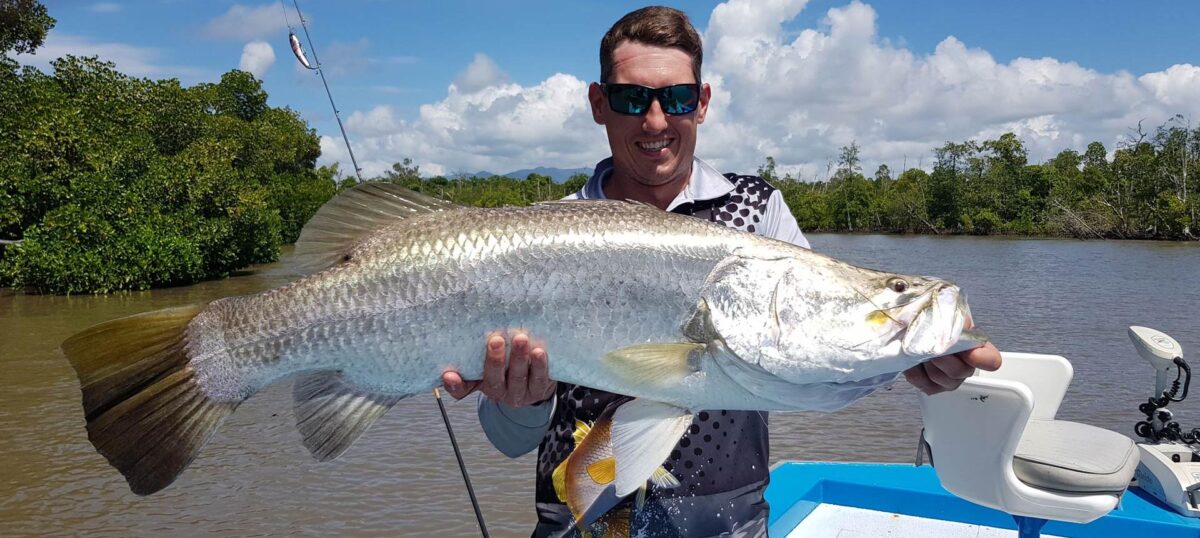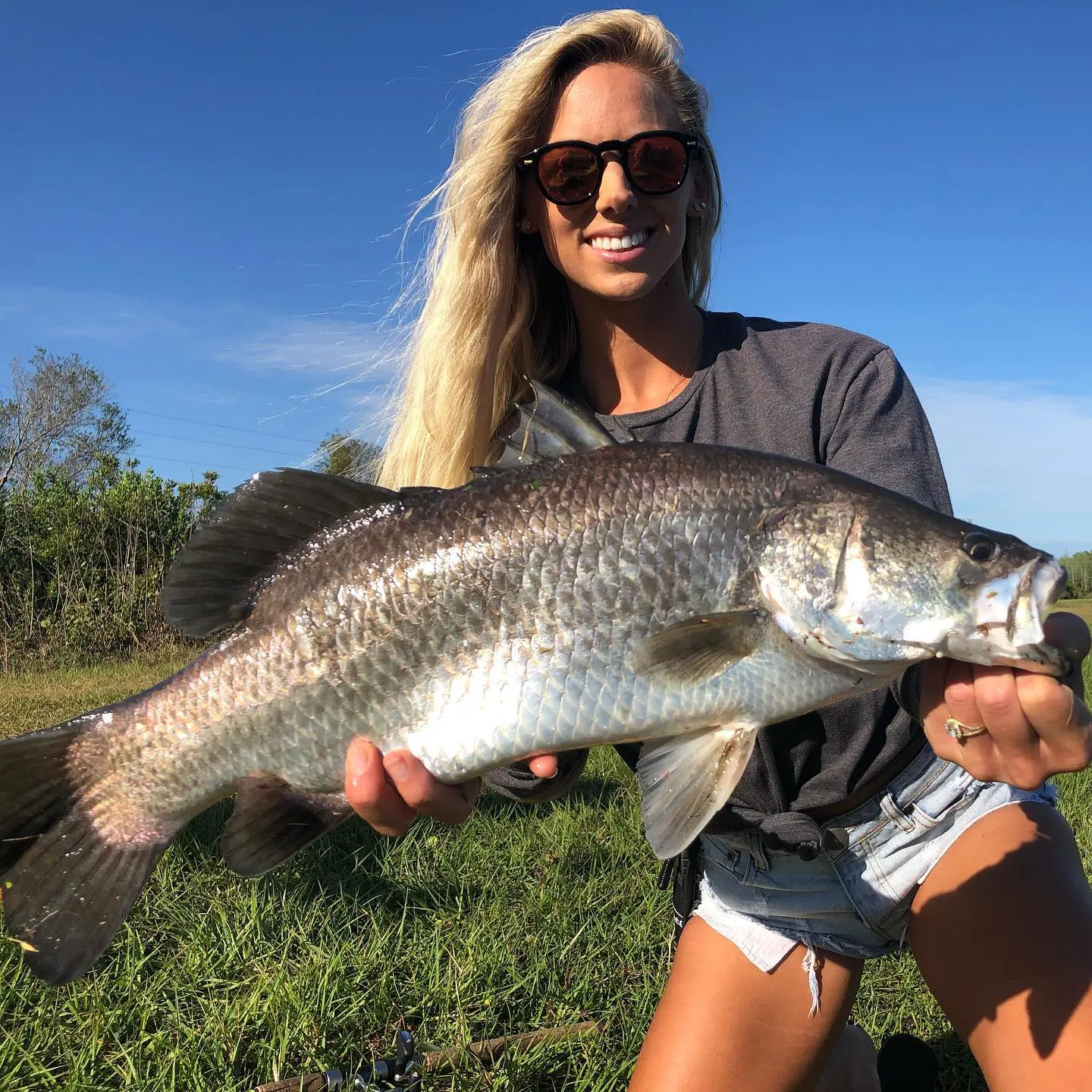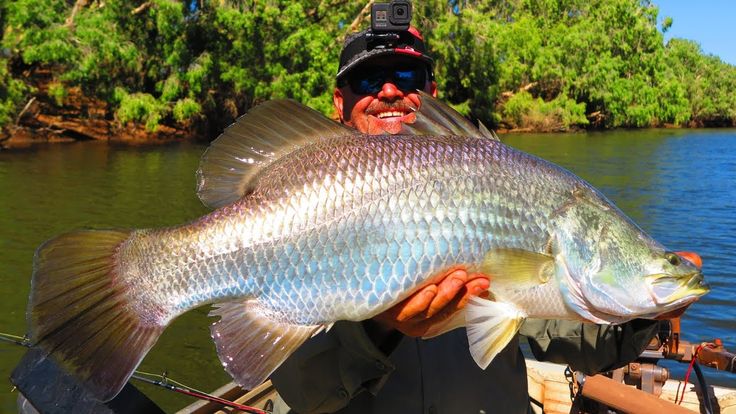Fishing for Barramundi in Australia: A Comprehensive Guide
Fishing for barramundi (Lates calcarifer) in Australia is an exhilarating experience, revered by anglers for the challenge and thrill it provides. This iconic fish, known for its powerful strikes and acrobatic fights, is a prized catch in Australian waters. In this detailed guide, we will delve into the essential aspects of barramundi fishing, including habitat, gear, bait, techniques, and tips to enhance your fishing adventure.
 Understanding Barramundi Habitats and Behavior
Understanding Barramundi Habitats and Behavior
- Distribution and Habitat: Barramundi are found throughout northern Australia, spanning Queensland, Northern Territory, and Western Australia. They inhabit a variety of environments including estuaries, tidal rivers, coastal lagoons, and freshwater billabongs. Barramundi are highly adaptable and can thrive in both saltwater and freshwater systems.
- Seasonal Patterns: The best time for barramundi fishing is during the warmer months, typically from September to May. This period coincides with their breeding season, making them more active and aggressive. The wet season (November to March) is particularly productive as barramundi move into flooded areas to feed.
Essential Tackle for Barramundi Fishing
- Rods and Reels: Medium to heavy rods rated between 6-10 kg (13-22 lb) are ideal for barramundi fishing. Rods with a length of 1.8 to 2.1 meters (6-7 feet) provide excellent casting distance and control. Spinning reels in the 4000 to 6000 series or baitcasting reels with a strong drag system are recommended for handling the powerful runs of barramundi.
- Lines and Leaders: A braided line with a breaking strain of 20-30 kg (44-66 lb) offers the sensitivity and strength needed for barramundi fishing. A fluorocarbon leader of 30-50 kg (66-110 lb) is essential for abrasion resistance, especially when fishing around structure.
Effective Baits and Lures for Barramundi
- Natural Baits:
- Live Bait: Live mullet, prawns, and baitfish are highly effective for enticing barramundi. Presenting live bait near structures or along mangrove edges can yield excellent results.
- Dead Bait: Freshly cut bait such as mullet fillets or squid strips can also be successful, especially when fished on the bottom.
- Artificial Lures:
- Soft Plastics: Soft plastic lures in the 4-6 inch range that mimic baitfish or prawns are incredibly effective. Swimbaits and paddle tails are particularly popular.
- Hard-bodied Lures: Shallow-diving minnows, surface poppers, and suspending jerkbaits are great for targeting barramundi in different water columns.
- Vibration Lures: Vibration lures (vibes) are excellent for both casting and vertical jigging. They create strong vibrations that attract barramundi from a distance.
Barramundi Fishing Techniques
- Casting and Retrieving:
- Targeting Structures: Barramundi are ambush predators often found near structures such as mangroves, snags, and rock bars. Casting lures close to these structures and retrieving them with varying speeds and pauses can trigger strikes.
- Surface Fishing: During low light conditions, such as early morning and late afternoon, barramundi often feed near the surface. Using surface poppers and walk-the-dog lures can be highly effective.
- Trolling:
- Deep and Shallow Trolling: Trolling is a productive method, especially in deeper river channels and along drop-offs. Use deep-diving lures to reach the desired depth and maintain a steady trolling speed.
- Live Bait Fishing:
- Free-lining: This technique involves presenting live bait without any weights, allowing it to swim naturally. It is effective in shallow waters and around structures.
- Bottom Fishing: Using a running sinker rig to present live or dead bait near the bottom can be productive, especially in deeper channels and holes.
Tips for Successful Barramundi Fishing
- Patience and Persistence: Barramundi fishing requires patience and persistence. Be prepared to try different techniques and baits until you find what works.
- Reading the Water: Understanding the water conditions and recognizing prime fishing spots is crucial. Use marine charts, sonar, and local knowledge to identify productive areas.
- Timing: Fishing during tidal changes, especially the incoming tide, can increase your chances of success. Barramundi often feed more actively during these periods.
- Weather Conditions: Stable weather conditions generally result in better fishing. Overcast days can also be productive as barramundi are more likely to venture out of cover.
Conclusion
Fishing for barramundi in Australia offers a thrilling and rewarding experience for anglers of all levels. By understanding their habitat, selecting the right gear and baits, and mastering various fishing techniques, you can increase your chances of landing this prized fish. Whether you are fishing from a boat, the shore, or a riverbank, the excitement of barramundi fishing awaits you. Equip yourself with knowledge, be patient, and enjoy the adventure of catching one of Australia’s most iconic fish.

